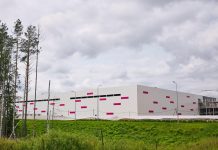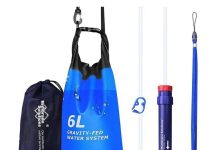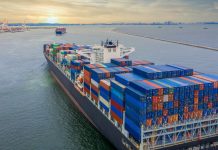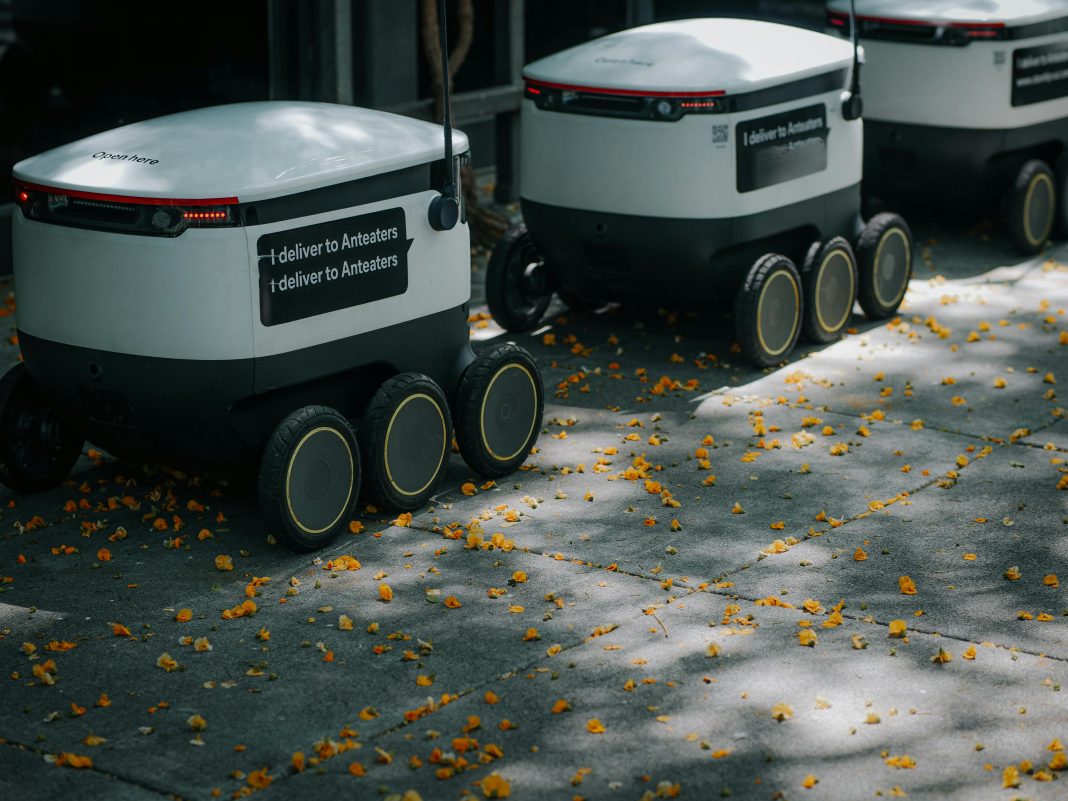Autonomous vehicles are moving from lab demos to real roads, reshaping how goods are sourced, stored, and delivered. Pilot programs run by major parcel carriers and long-haul fleets show steady progress, while national regulators outline testing rules and safety frameworks that will determine the pace of adoption. The conversation now centers on four themes: efficiency gains, safer operations, lower total cost, and a structural shift in sourcing strategy across the supply chain.
Autonomy does not arrive as a single leap. It grows across warehouses, yard operations, distribution hubs, long-haul corridors, and last-mile routes. Amid that shift, many logistics teams pair telematics feeds with analytics stacks and procurement software to anticipate spend, negotiate parts contracts, and time fleet refresh cycles more precisely.
Autonomous Vehicles: Redefining the Logistics Landscape
Autonomous vehicles (AVs) use sensors, mapping, and machine learning to perceive the road and decide maneuvers without continuous human input. Maturity varies by use case. Yard tractors and warehouse movers operate in geofenced areas at low speeds, while autonomous delivery robots handle sidewalks or bike lanes. Line-haul trucks are testing supervised autonomy on highways, handing control to a human near depots or complex city streets. Each class of vehicle plugs into fleet-management systems, route optimizers, and supply chain tracking tools so location, temperature, and handoff events are visible to planners in real time.
Regulators and standards bodies are formalizing language and guardrails. Currently, there are 6 distinct vehicle automation stages, “from Level 0 (no automation) to Level 5 (full automation),” a taxonomy that helps procurement teams compare capabilities and write sensible contracts for pilots and scale-ups.
Levels of Autonomy and Their Relevance to Logistics
The SAE framework clarifies what is on the road today and what is coming next. Levels 2 and 3 are common in modern tractors and vans through adaptive cruise and lane centering. Levels 4 and 5 promise the largest economic shift as vehicles run with minimal human oversight in defined domains.
| Autonomy Level | Description | Example Use Case in Logistics |
| Level 0 | No driving automation. The human performs all driving tasks. The vehicle may provide warnings or momentary interventions. | Manual driving with ADAS alerts, such as forward-collision warning or automatic emergency braking, during fleet operations. |
| Level 1 | Driver assistance provides a single continuous control function. | Adaptive cruise control for tractors on highways or lane keeping is used alone on regional routes. |
| Level 2 | Partial automation combines two or more control functions at the same time while the human supervises. | Adaptive cruise plus lane centering for delivery vans on arterial roads. |
| Level 3 | Conditional automation. The system manages driving in limited situations but expects a fallback-ready human. | Automated highway driving on mapped segments with handoff near exits and depots. |
The journey from Level 3 to 4 matters most for freight economics, since trucks could operate longer hours, stick to optimized corridors, and trigger fewer unplanned stops.
How Autonomous Vehicles Transform Supply Chains
Autonomous fleets expand visibility. High-frequency telemetry feeds product traceability and arrival time predictions into control towers. For last-mile delivery, sidewalk bots and small AV vans reduce failed deliveries by coordinating with consumers and micro-fulfillment hubs. In warehouses, robotic tuggers and forklifts move pallets on demand, synchronizing with order management to keep picks flowing. Procurement logistics benefits as inbound components arrive on tighter schedules and yard dwell time decreases.
Efficiency Gains and Cost Impacts
Fuel and energy use improve through smoother acceleration and platooning. Vehicles that can operate around the clock unlock higher asset utilization and reduce time lost to shift changes. Human error, which is still a leading factor in road incidents, declines in controlled domains. Several highway pilots documented lower hard-brake events and steadier speeds, outcomes consistent with safety guidance from U.S. DOT programs that study automated driving system performance.
Labor costs change rather than vanish. Supervisors oversee multiple vehicles, remote operators intervene at handoff points, and technicians maintain sensors and compute units. Downtime falls when predictive maintenance flags issues ahead of a scheduled stop.
Sourcing Strategy in an Autonomous Era
The supplier map stretches beyond traditional OEMs. AV stacks rely on lidar and radar assemblies, camera modules, high-performance compute boards, AI accelerators, thermal management, and drive-by-wire controls. Battery technology and charging infrastructure shape range and dwell times. New partners emerge around high-precision maps, simulation tools, and over-the-air update security. The sourcing conversation turns into a technology ecosystem decision: silicon roadmaps, long-term support for software modules, and alignment on safety cases.
Risk and Regulatory Challenges
Progress brings new exposure. Cybersecurity risks extend from vehicle networks to cloud control planes. Insurance models must apportion liability across hardware, software, and operator boundaries. Regulatory frameworks vary by country, and even by state or province, leading to patchy deployment timelines. Vendor selection should weigh certification progress, safety case rigor, and incident reporting practices.
| Risk | Impact on Logistics/Sourcing | Procurement Mitigation Approach |
| Cybersecurity breach | Data theft or operational disruption | Vet suppliers for compliance, require secure IoT networks, and incident drills |
| Legal liability | Ambiguity in accident responsibility | Define roles contractually with AV tech providers, include indemnification and data-sharing terms |
| Technology reliability | Potential delivery delays | Diversify vendors, stage deployments, and maintain hybrid fleets with manual fallback |
Economic and Workforce Implications
Demand grows for sensors, AI chips, thermal systems, and edge compute—fresh categories for category managers. Civil works and depot upgrades follow: charging banks, fiber networks, and secure yards. Roles evolve for drivers and technicians, who cross-train into remote operations and sensor calibration. Procurement analysts shift toward data interpretation and ecosystem management, reading performance dashboards to adjust contracts proactively.
Collaboration Between Procurement and Technology Teams
Autonomous deployment works when procurement, operations, and engineering operate as one team. Flexible agreements allow upgrades to perception modules and compute boards without renegotiating entire contracts. Joint vendor scorecards blend safety metrics, delivery performance, and software reliability. Innovation partnerships let suppliers run pilots on live lanes while protecting service levels for critical routes.
Frequently Asked Questions (FAQ)
What role will procurement play in the autonomous logistics ecosystem?
Strategic sourcing teams will manage technology components, software licenses, data partnerships, and infrastructure services to ensure continuity, compliance, and cost discipline.
How will autonomous vehicles affect sourcing costs?
Transport and labor costs can decline through 24/7 utilization and fewer incident-related delays, while sourcing complexity rises due to specialized sensors, compute, and software contracts.
When will fully autonomous logistics become mainstream?
Commercial scale remains uneven. Many analysts expect limited, corridor-based freight automation and geofenced urban pilots by 2030, pending regulatory harmonization and infrastructure upgrades.
Are there environmental benefits of autonomous logistics?
Yes. Electric and highly optimized AV fleets reduce emissions and energy use, supporting corporate sustainability targets and regulatory commitments.







































